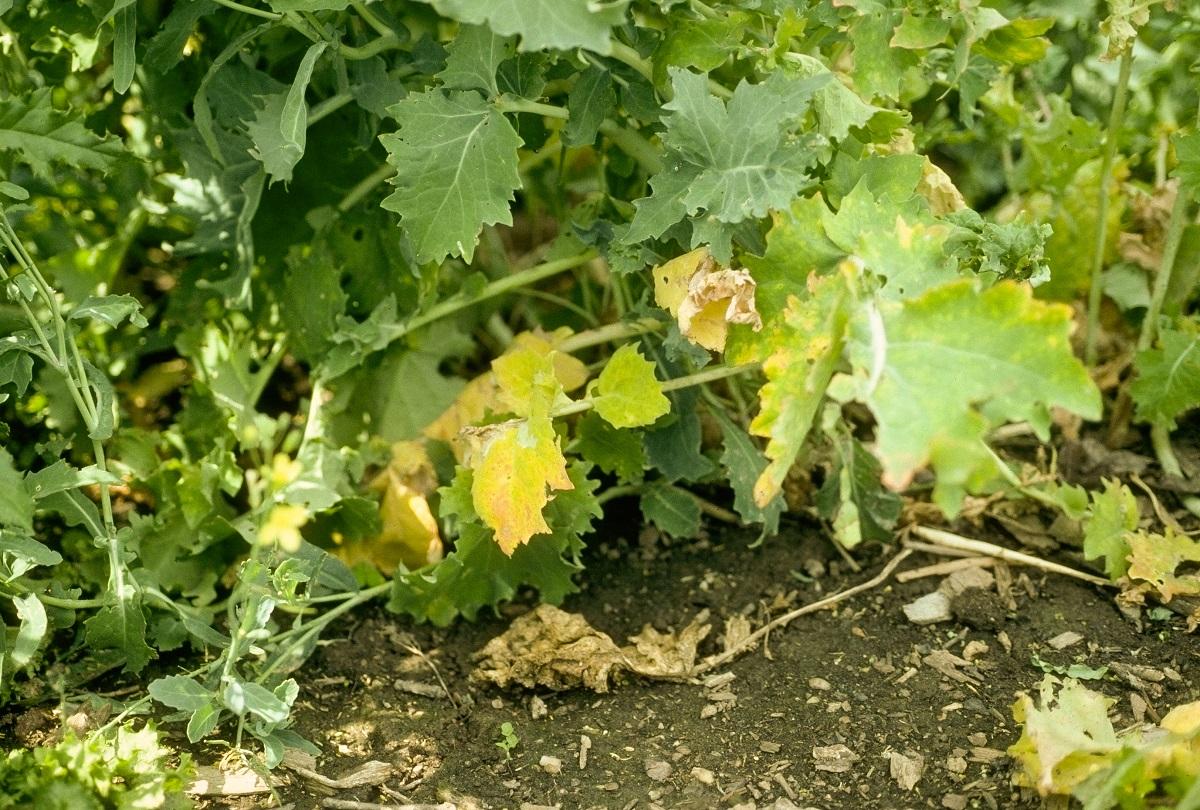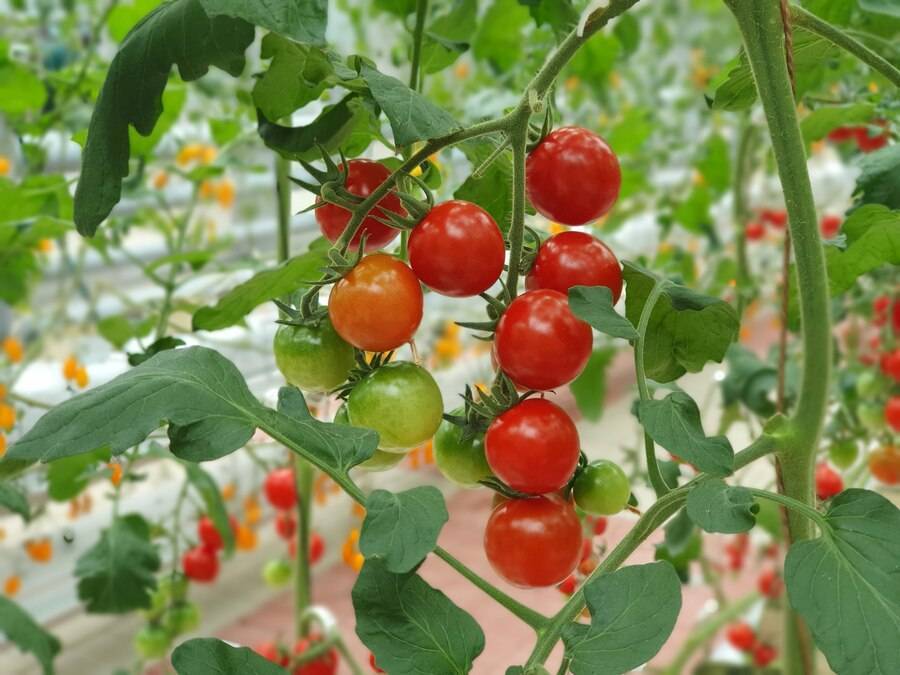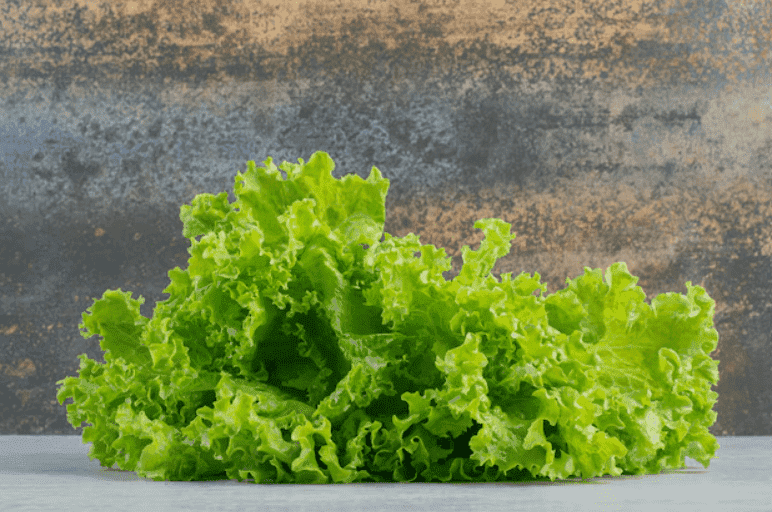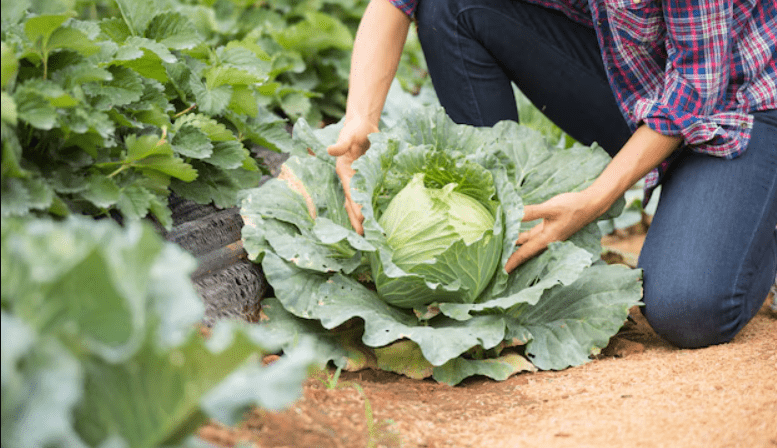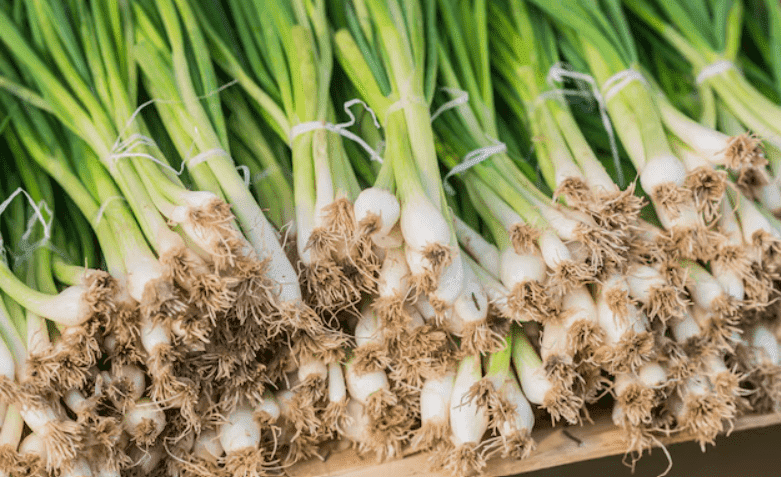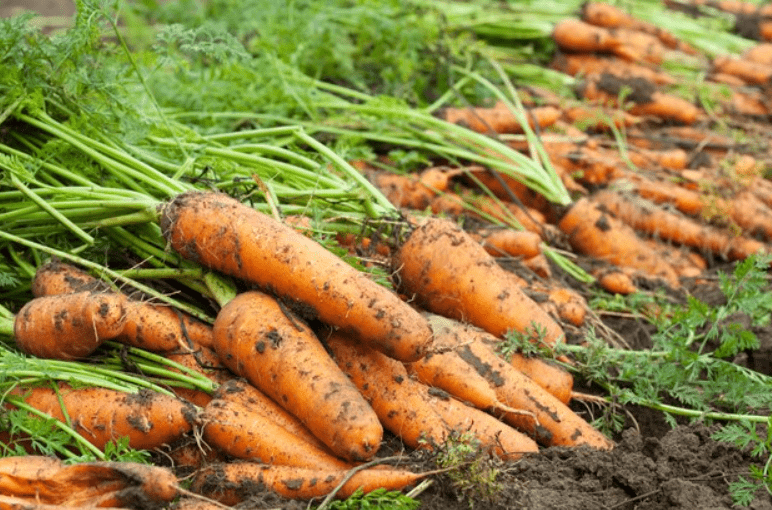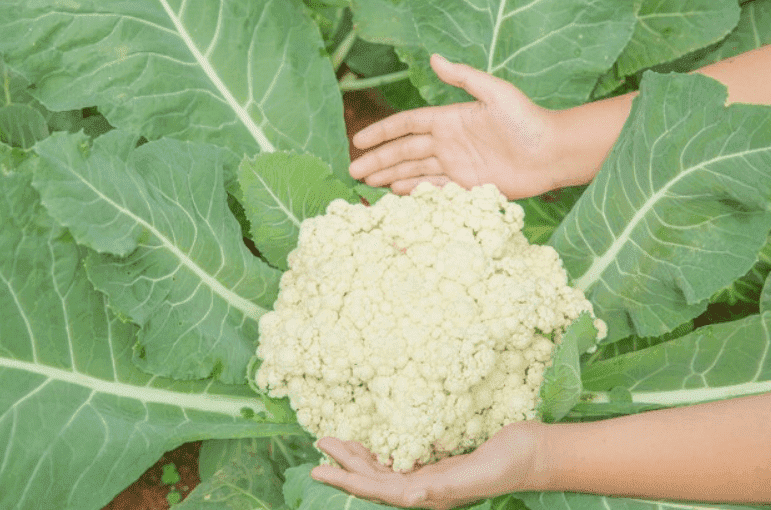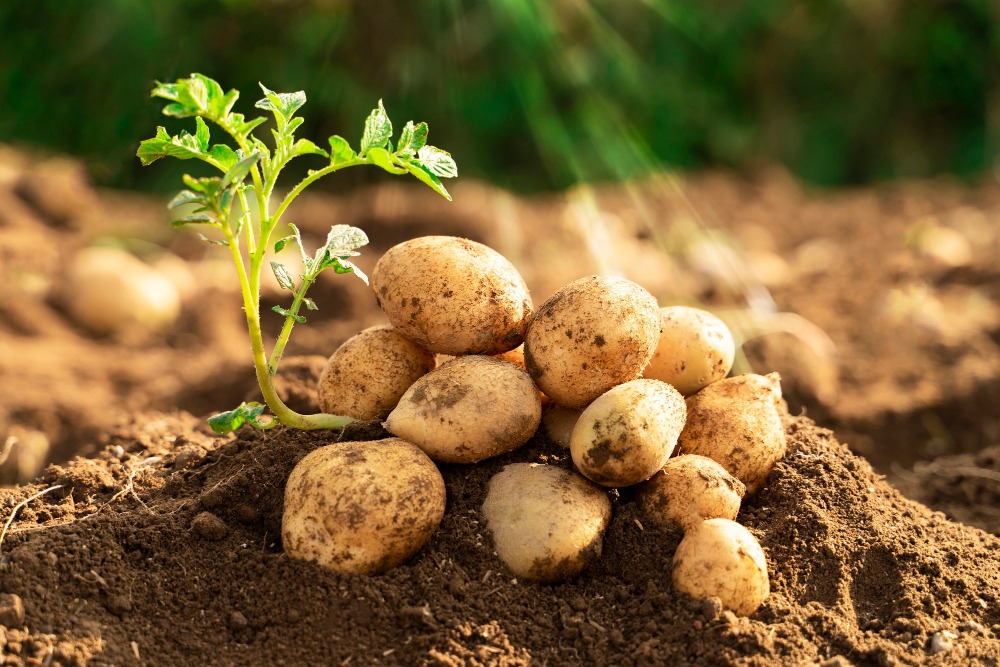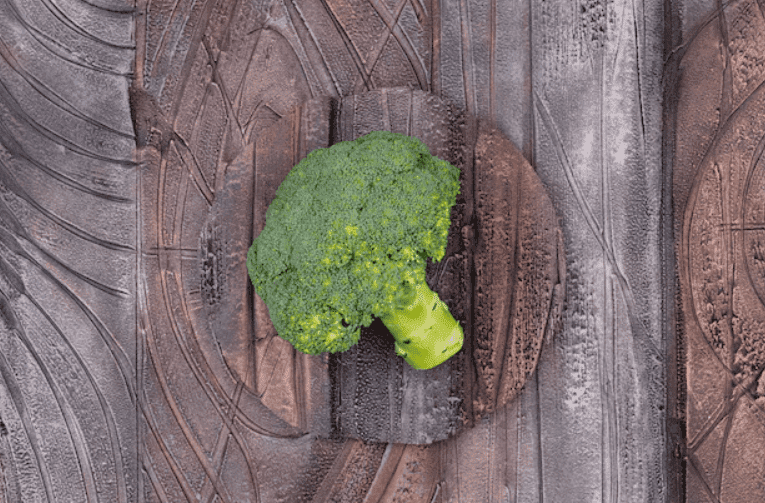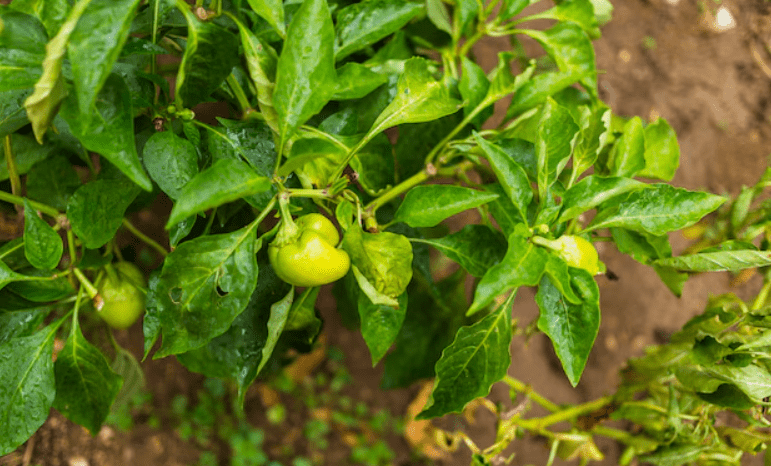Nothing deflates a gardener’s excitement like spotting a wilted plant. And when your zucchini had one flaunting big, bold, green leaf just yesterday, you might wonder what went wrong overnight.
Zucchini grows fast, thrives easily, and fills your garden with fresh harvest all summer. But when pests or poor growing conditions strike, your plant reacts fast. You’ll notice your zucchini leaves turning yellow, showing yellow spots, or drooping before you know it.
Let’s walk through four common zucchini problems that cause yellow leaves and how to prevent or fix them.
Table of Contents
Toggle4 Reasons Why Zucchini Leaves Turning Yellow and How to Fix Them
Zucchini leaves naturally turn yellow as they age, but when the yellowing spreads quickly or affects new growth, it’s usually a sign of something more serious.
Nutrient Deficiency
Zucchini plants are heavy feeders that require plenty of nutrients to support their lush foliage and growing fruits. Yellowing leaves often point to poor nutrition, typically caused by nutrient deficiencies in the soil. When your zucchini doesn’t get enough nutrients, the leaves start to turn yellow, and the fruits will be smaller than expected.
A lack of nitrogen, iron, or manganese can be behind the yellowing leaves. You can test the soil to identify any nutrient gaps. Then, you can address them with fertilizer or by adding compost to the planting area.
To keep your zucchini healthy, start with a balanced, slow-release fertilizer when you plant. Once the plants begin to bloom, switch to a vegetable-specific feed for continued growth and vitality.
Watering Issue
Soaking the foliage while watering can lead to zucchini leaves turning yellow.
Watering can cause a range of issues, including yellow foliage. Both overwatering and underwatering can cause this problem.
When zucchini doesn’t get enough water, the plant becomes stressed and struggles to deliver nutrients to the leaves, which turns them yellow. Zucchini plants need about two inches of water per week, so it’s essential to monitor when to water.
Overwatering can create too much moisture in the soil, which means the roots can be deprived of oxygen. This “root suffocation” leads to yellowing leaves and wilting plants. If you want to check your plant has been overwatered, stick your finger into the soil. It should feel moist, not wet.
To prevent this, plant zucchini in well-draining soil. If your soil is heavy, mix organic matter like compost or manure to improve drainage. For container-grown zucchini, ensure your planter has drainage holes to allow excess moisture to escape.
If you suspect overwatering is the issue, stop watering and monitor the plant closely. As the soil dries out, watch for any improvement in the color and health of your zucchini.
Insects Infestation
Larger pests can create visible damage by chewing holes in the leaves, but tiny insects like spider mites and aphids cause more subtle issues. When these pests attack in large numbers, they drain the plant’s nutrients and leave scars, which leads to yellowing and wilting leaves.
The damage from these insects can resemble plant diseases, but there are telltale signs that pests are the culprits. Aphids leave a sticky black residue on the leaves, while spider mites create silk trails. If you notice these signs, act quickly. Homemade insecticidal soap is an effective solution for both pests and is safe for beneficial insects.
Diseases
Zucchini plants are also susceptible to diseases, including fungal infections, which can cause yellowing leaves.
Fungal problems often result from overhead watering and wet summers. To avoid this, use drip irrigation to keep moisture off the leaves or ensure you water at the base of the plant if you water by hand. If you spot fungal symptoms, treat them promptly with fungicides.
Powdery mildew is one of the common fungal infection that begins as white powdery spots on the leaves and stems and causes leaves to drop and turn yellow. Other diseases, such as cucumber mosaic virus (spread by aphids) and Fusarium wilt (a fungal disease), can also cause yellow leaves and stunted growth.
Cucumber mosaic virus is more serious than fungal issues. It causes a spreading discolored pattern on the leaves. To prevent the spread of the virus, you should remove affected plants.
Consider planting virus-resistant zucchini varieties, like the Gourmet Gold Hybrid zucchini for prevention.

